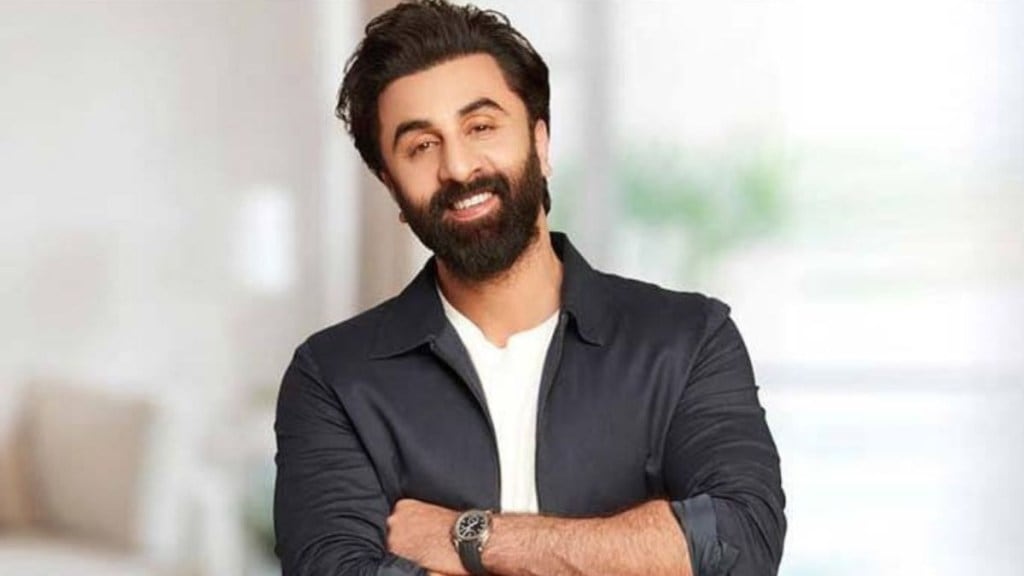There was a time when a budget of Rs 50 was defined big-budget productions. Now, filmmaker Nitesh Tiwari’s upcoming Ramayana adaptation is setting a new benchmark in scale and investment. With a reported budget of $100 million, approximately Rs 835 crore, the mythological saga is officially the costliest project in the history of Indian film.
According to a 2024 report by Bollywood Hungama, the first instalment of the two-part film has already wrapped shooting and entered the post-production phase. Once released, it will surpass Kalki 2898 AD (Rs 600 crore), RRR and Adipurush (each with Rs 550 crore budgets), as well as the VFX-laden Brahmastra Part One, which previously held the Bollywood record at Rs 375 crore.
Helmed by Dangal director Nitesh Tiwari, Ramayana reimagines the ancient Sanskrit epic penned by sage Valmiki. The film stars Ranbir Kapoor in the role of Lord Rama, with Sai Pallavi portraying Sita and Kannada superstar Yash taking on the character of Ravana.
The ensemble cast also features Vivek Oberoi, Rakul Preet Singh, Lara Dutta, Kajal Aggarwal, Ravi Dubey, Kunal Kapoor, Arun Govil, Sheeba Chadha, and Indira Krishnan. The first look of the much-anticipated film is scheduled for release on July 3. The theatrical debut is slated for Diwali 2026.
The film’s visual effects are being crafted by DNEG, a British-Indian VFX powerhouse with eight Academy Awards in the Best Visual Effects category. The company is led by Namit Malhotra, who is also the producer of Ramayana. Malhotra owns Prime Focus, recognized as the world’s largest independent media services group, and serves as DNEG’s global CEO.
With its advanced CGI work and technical craftsmanship, Ramayana is being designed as a spectacle meant to rival the biggest international productions. The filmmakers are reportedly placing significant emphasis on photorealistic environments, elaborate creature designs, and immersive action sequences, aiming to create a cinematic experience unlike anything previously attempted in India.
Unlike earlier mythological adaptations, Ramayana will be released in two parts, allowing an extensive story and characters. The decision to split the story is part of the filmmakers’ broader strategy to deliver a faithful and detailed retelling of the epic..
With shooting for Part 1 now complete, the post-production phase is expected to be intensive and lengthy, given the volume of VFX involved. Part 2’s filming schedule has not yet been disclosed, though it is expected to follow after the initial release garners audience feedback and critical reception.

